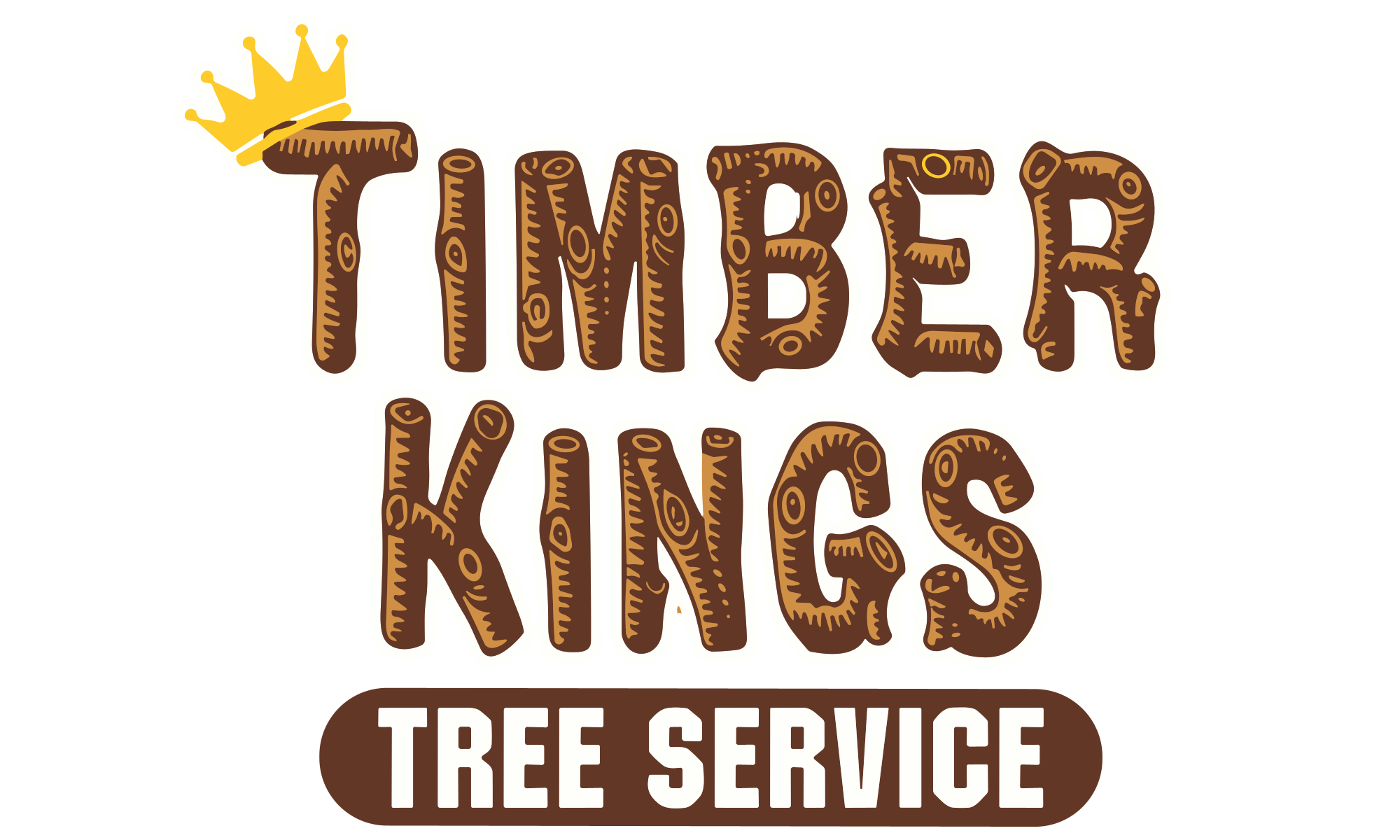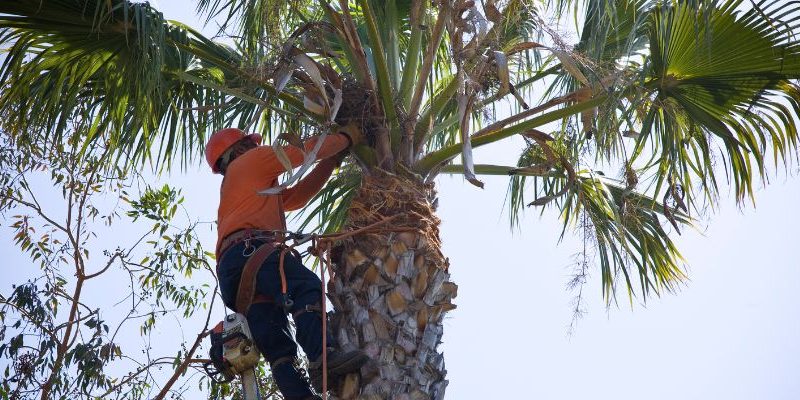At Timber Kings Tree Service, we understand that proactive tree care is crucial for maintaining a healthy landscape. Tree trimming, one of our core services, plays a significant role in preventing disease and promoting the long-term health of trees. This guide delves into how regular maintenance, including effective tree trimming services in Valrico, FL, can help manage tree diseases and boost their resistance to infections.
Table Of Content
Early Detection of Tree Diseases
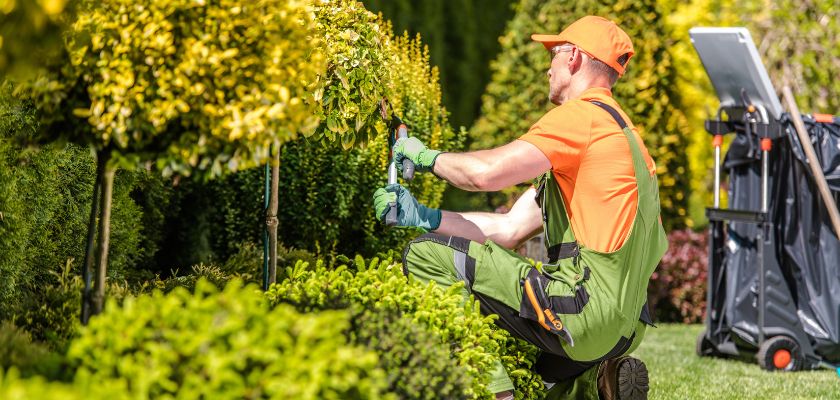
Recognizing Signs of Illness
Identifying early signs of disease is crucial in managing tree health. Symptoms can include discolored leaves, dying branches, and unusual growth patterns. By employing seasonal trimming tips, property owners can keep a closer eye on these symptoms, allowing for quicker responses to potential problems.
Access for Better Inspection
Regular trimming improves the visibility of a tree’s canopy, making it easier to inspect deeper branches and the trunk. This accessibility is vital for thorough assessments and effective treatment, especially for detecting hidden issues that could escalate if left unchecked.
Enhancing Air Circulation
Trimming thins out dense branches, which improves air circulation throughout the tree’s structure. Better air flow reduces moisture retention in the foliage, which is a common precursor to fungal infections and other moisture-related diseases.
Strengthening Tree Health Through Trimming
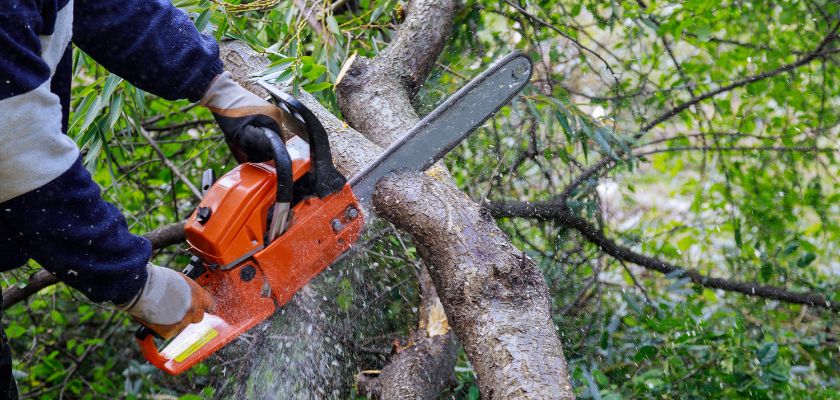
Promoting Stronger Growth
Properly executed trimming encourages trees to develop a stronger, more resilient structure. Removing weak or competing branches allows the tree to direct more energy to the growth of healthy limbs and leaves, which can better resist diseases.
Reducing Stress on Trees
Overgrown or densely packed branches can stress a tree by competing for limited resources. Strategic trimming, as part of regular tree trimming services in Valrico, FL, reduces this competition, minimizing stress that can make trees more susceptible to disease.
Increasing Sunlight Penetration
Just as improved air circulation can prevent disease, increased sunlight exposure can play a pivotal role. Sunlight helps to keep the tree’s foliage dry and promotes photosynthesis, which strengthens the tree’s overall health.
Preventive Measures and Regular Maintenance
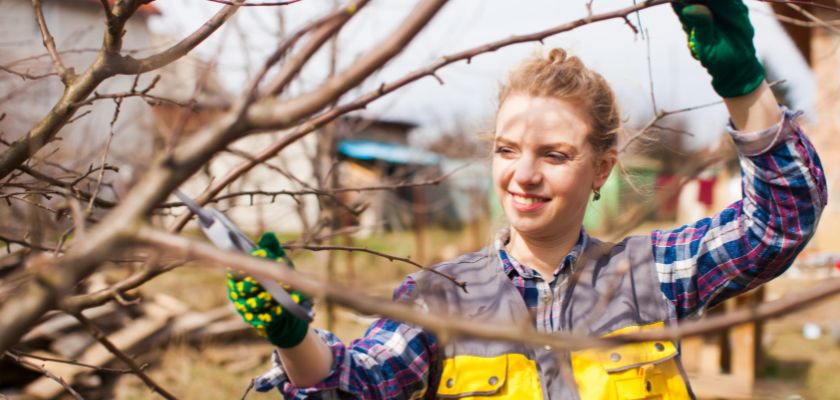
Implementing Seasonal Trimming Tips
Adhering to seasonal trimming tips ensures that trimming is done at the right times of the year to maximize the health benefits without causing undue stress to the trees. For instance, trimming during the dormant season can prevent the spread of diseases that are active during warmer months.
Ongoing Monitoring and Care
Continual monitoring and care are essential to detect and address any signs of disease before they become severe. This ongoing care, combined with scheduled tree trimming services in Valrico, FL, helps maintain a disease-free environment.
Working with Professionals
Tree trimming can sometimes require precise cuts that only professionals can manage without harming the tree. Expert arborists from Timber Kings Tree Service are trained to trim trees in a way that prevents the introduction of diseases and helps manage existing conditions effectively.
Final Wording
At Timber Kings Tree Service, we stress the importance of preventive care through proper tree trimming. Not only does this practice play a crucial role in disease prevention, but it also enhances the overall health and aesthetic appeal of your trees. Regular maintenance by experienced professionals can save you significant time and resources in the long run by avoiding more severe tree health issues. Let us help you maintain a vibrant and healthy landscape with our expert tree trimming services in Valrico, FL. Remember, healthy trees are happy trees, and they start with Timber Kings Tree Service.
FAQ’s
Tree trimming promotes better air circulation and sunlight penetration throughout the tree’s canopy, which are crucial in reducing moisture retention—a common cause of fungal infections and other diseases. Removing diseased or damaged branches also helps prevent the spread of infections to healthy parts of the tree.
The best time to trim trees to help prevent disease varies by species and local climate, but generally, late winter or early spring—before new growth starts—is ideal. This timing helps avoid exposing cuts during periods when many pathogens are active, reducing the risk of infection.
Yes, improper trimming techniques can increase the risk of disease. Cuts that are too large, jagged, or made in the wrong location can expose the tree to pathogens. It’s important to use proper tools and techniques, ideally under the guidance of a professional arborist.
Signs that your tree may need professional trimming include visible signs of infection like discolored leaves, cankers, or fungal growth; excessive dead or dying branches; and dense clusters of branches that inhibit airflow and light penetration.
It’s recommended to have trees inspected at least once a year by a professional who can assess their health and determine the necessity for trimming. More frequent inspections might be necessary for trees that are known to be susceptible to disease or are in high-risk areas.
